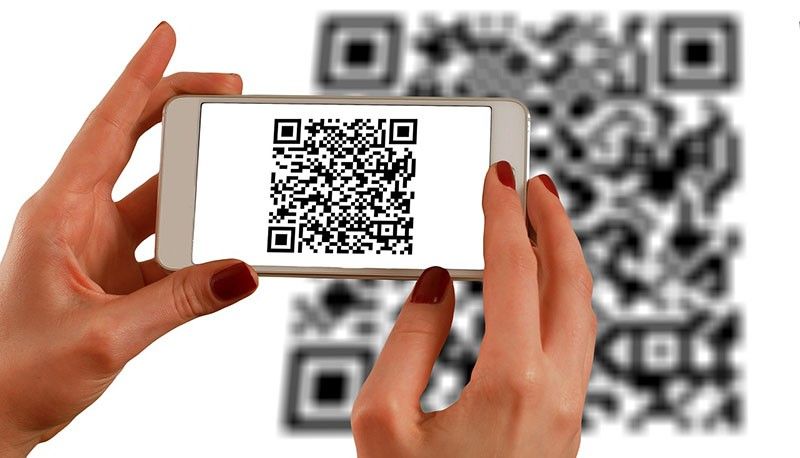Commentary: Enabling recovery through digital stimulus

The other day, Moody's Analytics reported that it expects the Philippines to be the last economy in the Asia Pacific Region to fully recover from the recession induced by COVID-19. Moody's also said the Philippines and India are the countries least committed to fiscal stimulus despite being among the hardest hit economies.
The palace was quick to downplay the report. On the same day it hit the papers, presidential spokesman Harry Roque vowed they would disprove the forecast, said the economy was on track to recover this year, and explained that our fiscal policy is to take a "prudent" approach to borrowing and spending. "Let's not spend all our money, especially since we don't know when this pandemic will end" Roque said.
Granted, the Philippines may not be the world's wealthiest government, but neither is it without funds. Last year the Philippines saw over P2 trillion added to its bank account from loans to fund the government's COVID-19 response.
Cognizant, however, that each peso loaned today is a peso paid tomorrow, plus interest, these funds should be allocated to and invested in areas that enable long-term economic growth.
Looking at how other countries worldwide have allocated their COVID-19 funds, strengthening digital response measures is one such economic enabler.
It has long been acknowledged that technology is a major driver of economic growth because it spurred investments and created new jobs. At the same time, Filipinos have enjoyed the convenience having our cameras, notebooks, flashlights, and the entire world wide web fit in our phones.
However, what the pandemic has done is dial-up the importance of technology overnight. The pandemic has revealed that digital technology has become even more critical to our lives.
Here in the Philippines, telcos reported a 500% jump in data usage at the start of the pandemic. From working from home, distance learning, online shopping, e-banking and social media, the internet has simply been a safer way, if not the only way to function.
Governments worldwide have recognized similar shifts happening in their countries, realized that there is no turning back, and decided to allocate resources to cultivating this new digital eco-system.
According to the World Bank, national governments worldwide have committed to more than US$ 1.5 trillion to digital response measures as part of COVID-19 recovery stimulus packages, surpassing 3% of GDP in South Korea, China and the EU. These figures emphasize that bolstering digital technologies is globally seen as an enabler for the rest of the economy.
The World Bank also reported that government spending on digital support measure often sought to enhance connectivity by bolstering broadband capacity to keep up with growing demand during lockdowns and expanding internet access in rural areas.
For instance, legislation was recently passed in Australia providing enough funds for government-owned telco NBN Co to deliver all end-users with at least 25mbps broadband no matter where they live or work.
In the United States, out-going President Donald Trump's historic relief package included US$7 billion to increase broadband access to help millions of students, families and unemployed workers afford the broadband they need during the pandemic.
It said that US$3.2 billion of which will be for an emergency broadband benefit for low-income Americans. The package also creates a US$1 billion Tribal Broadband Connectivity Grants Program to expand access to and adopt broadband service on Tribal land or remote learning, telework, or telehealth resources during the pandemic.
In addition to making the internet more accessible, many stimulus packages also aim to help small and innovative businesses to accelerate digitalization and keep the economy rolling.
The Singapore Government, for example, launched its "Stay Healthy, Go Digital" initiative soon after the pandemic hit. Through the initiative, the government provided funding to help businesses adopt digital solutions and develop digital capabilities.
In Malaysia, the government launched special grants and loans programs for small and medium enterprises to digitize their operations or automate their business.
Strengthening core data infrastructure to store big data safely was also noted by the World Bank as a key feature of many stimulus packages. Such as in South Korea and its "Digital New Deal," which seeks to create industrial convergence with data, networks, and AI across the economy.
Here in the Philippines, the National Broadband Program (NBP) serves as the Department of Information and Communications Technology's blueprint to enhance connectivity and ultimately ensure universal access to the internet.
The NBP calls for government investment in digital infrastructure that would complement the existing infrastructure of commercial telcos. This would mean currently underserved and unserved areas would finally be connected. The NBP, however, cannot be fully implemented because its budget was slashed from the initial P18 billion to a mere P956 million in the 2021 General Appropriations Act.
The Philippine government should take a hint from all of these countries and increase support for digital response measures. What better use of public funds than a digital stimulus package to develop digital infrastructure that would allow Filipinos to work and learn from the safety of their own homes.
The enabling long-term economic effect this would have cannot be overstated.
Paco Pangalangan is the executive director of think tank Stratbase ADR Institute.
- Latest


























